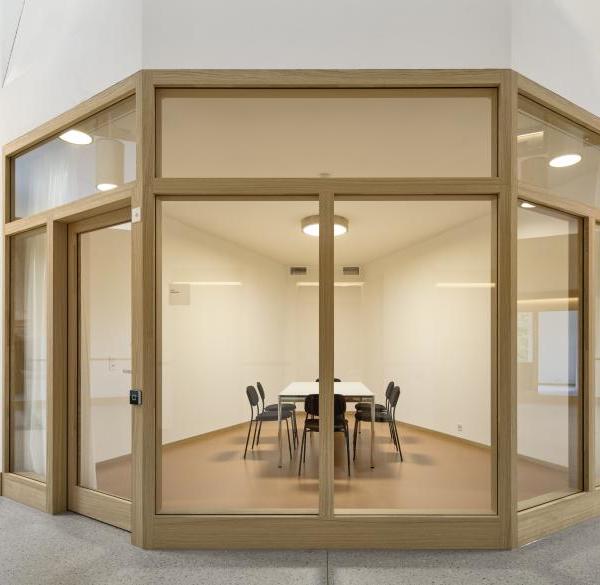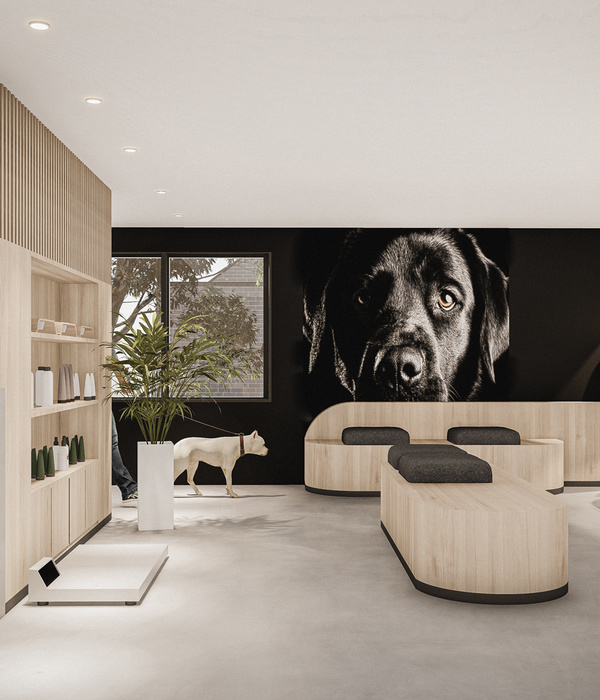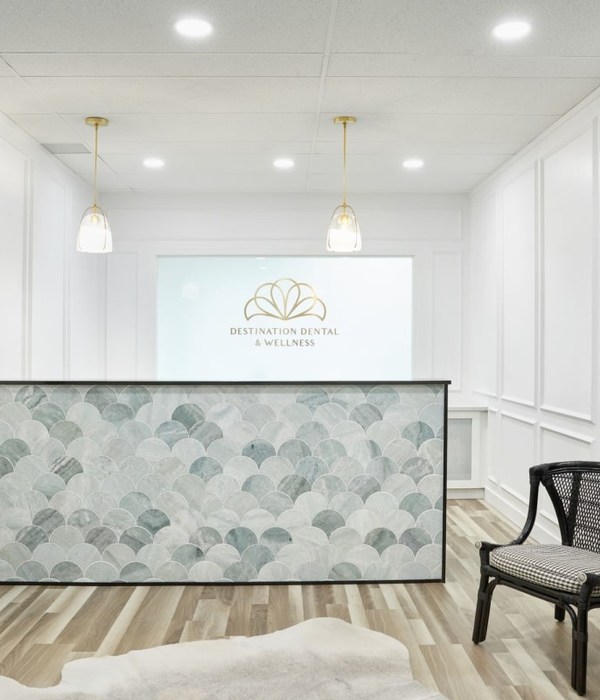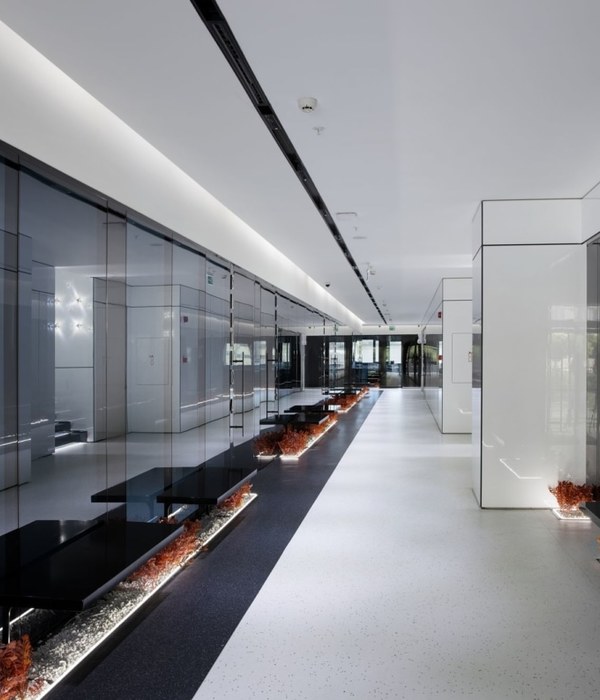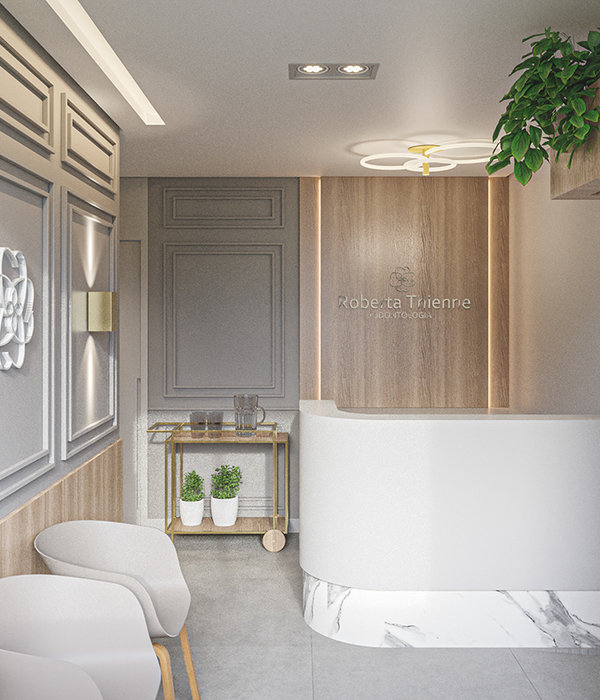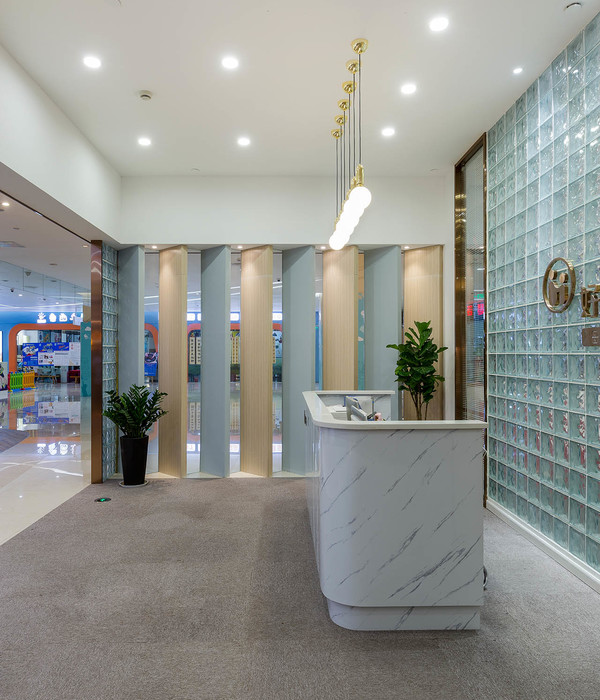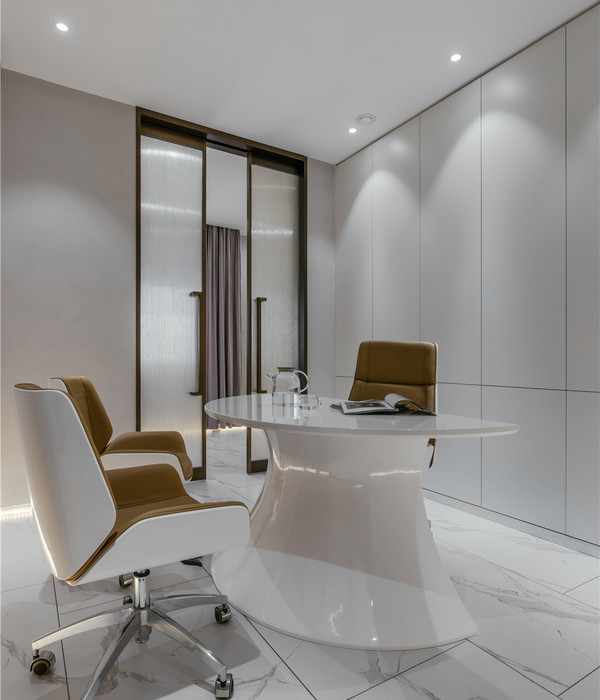“The public and cultural benefit of the health provision cannot be overstated, including renal dialysis which was only possible through careful cost savings. Hundreds have been lost and now those elders who remain can be brought home to the remotest of locations," Brett Cowling, former CEO, Ngaanyatjarra Health Service
WHAT IS IT
Located in the Gibson Desert, 1,000km west of Alice Springs, the Wanarn Clinic serves one of the most remote communities in Australia. Part of the Ngaanyatjarra Health Service, the clinic was designed in close consultation with the community. Detailed physical and environmental modelling also guided the architecture, ensuring that despite a shift from traditional architectural elements the building has superior environmental performance in the harsh environment. This included the careful orientation of the main building forms and the location of the north-facing entry canopy and art shade screens. Building insulation was also maximised to ensure superior thermal performance.
THE BRIEF
Ngaanyatjarra Health Service, a community organisation with an indigenous board, required a clinic which addressed the programmatic constraints and modest budget while also paying respect to people, land and culture to create a facility with community ownership.
DESIGN APPROACH
The relationship of built form to context was underpinned by the architect living in the community through the design process, which facilitated iterative consultation with the community and specific user groups. The process encouraged impromptu ‘yarning’ under a tree, on the way to the shop or whilst hunting rabbit, enabling all voices to be heard from a nomadic culture that is not always comfortable speaking within the mob.
The result is a hundred small things that have enriched the architecture by making it subtly more appropriate to place and culture. Not least are the stone walls made from locally-sourced materials and the art screens, both of which help integrate the building into the landscape. The art screens in particular have imbued a sense of pride in the community. Their incorporation pays respect to elders, artists and culture, enriching the community.
INTERESTING FACT
The project achieved considerable cost savings, enabling the purchase of a two-chair renal dialysis unit. The original budget of $1,857,000 did not include renal dialysis, but the final build cost of $1,600,000 included the dialysis facility. This has been significant in addressing an epidemic that is separating people from country.
AWARDS
2016 European Healthcare Design Award - Design for Health & Wellness An inspirational project that encompasses services outside of traditional healthcare settings and, through an alignment of care philosophy with the design of the environment, helps to promote positive behaviours towards healthy living and wellness.
2015 WA Architecture Awards – Public Architecture (Commendation)
2015 Leading European Architecture Forum (LEAF) Awards - Award for Best Sustainable Development of the Year
{{item.text_origin}}

